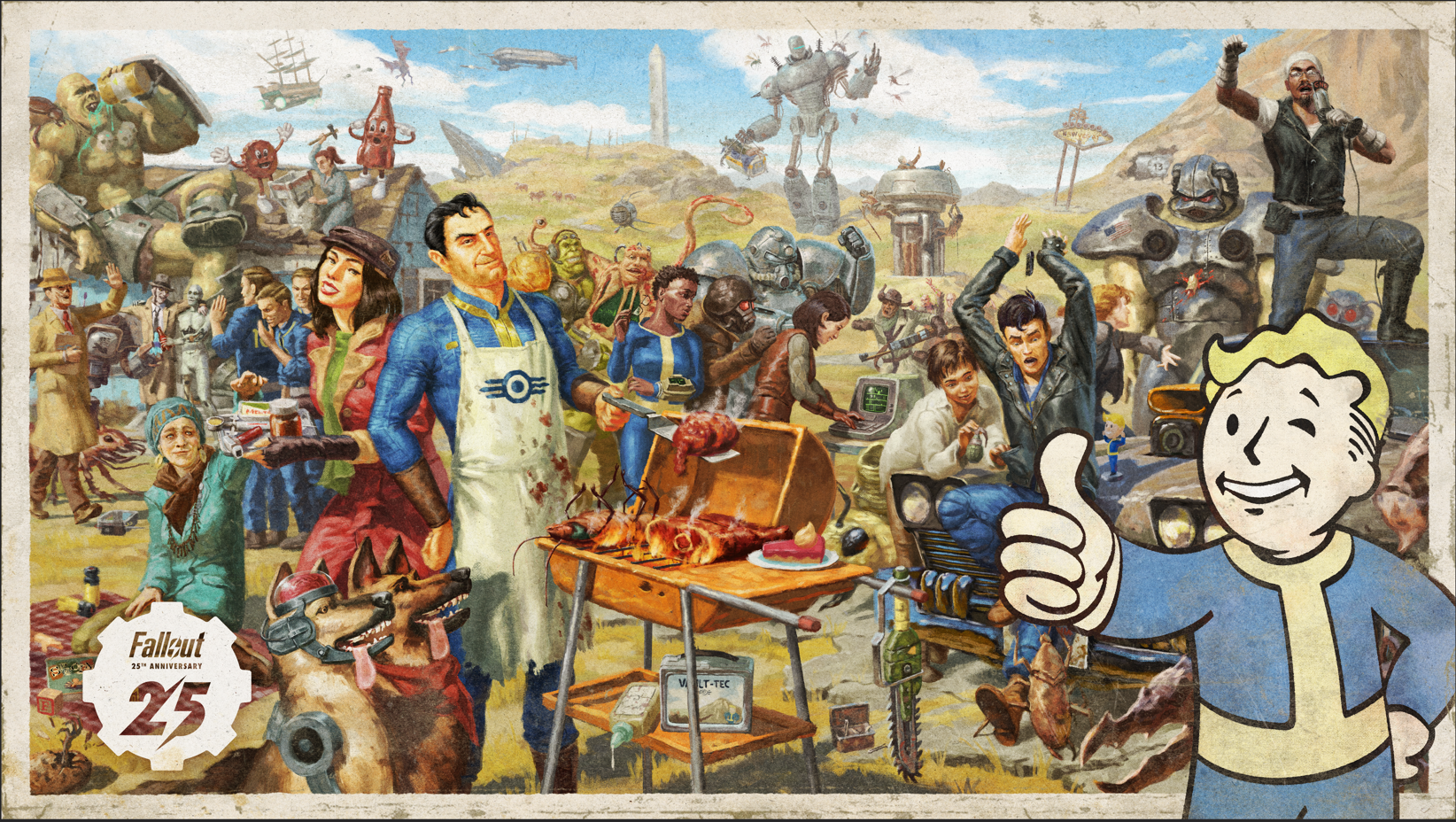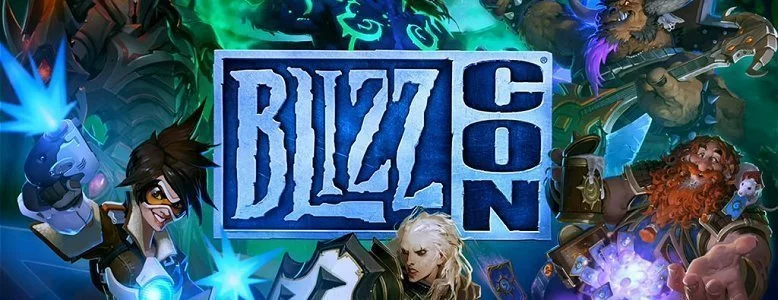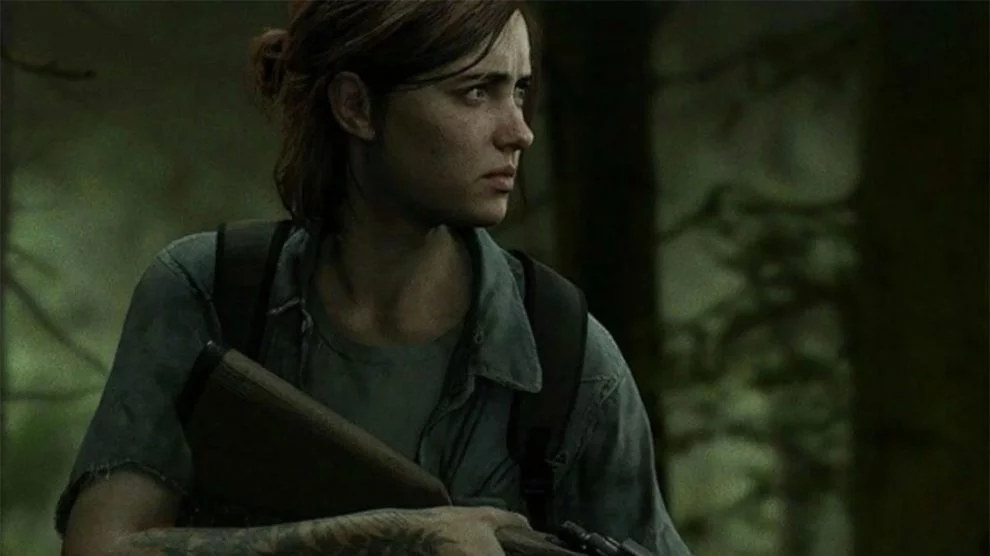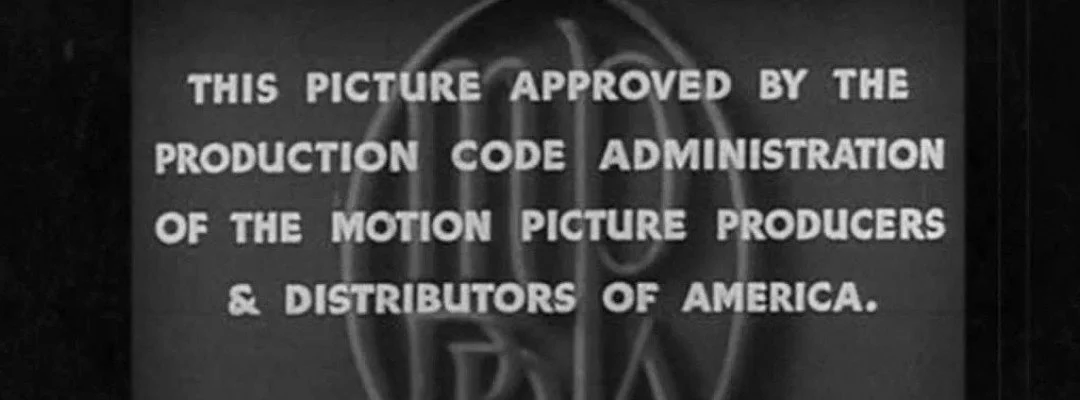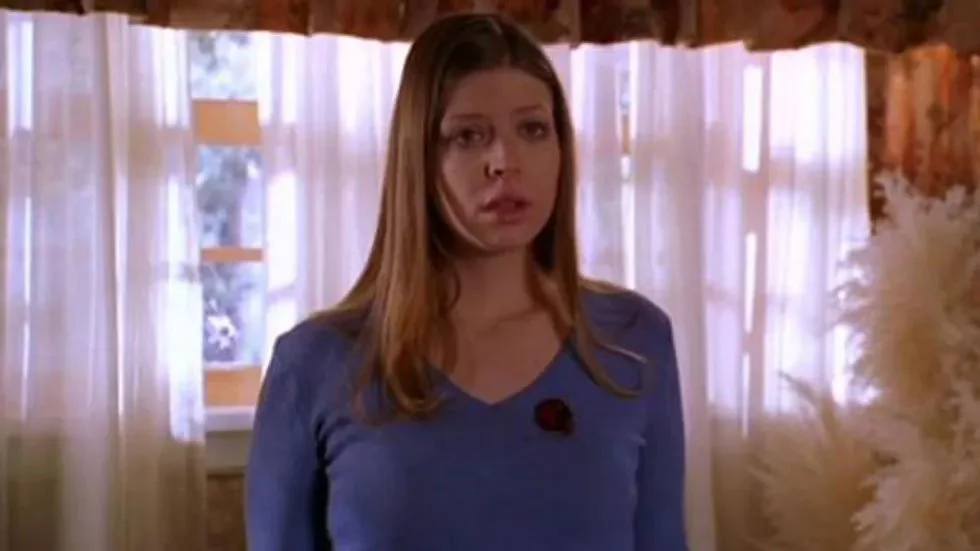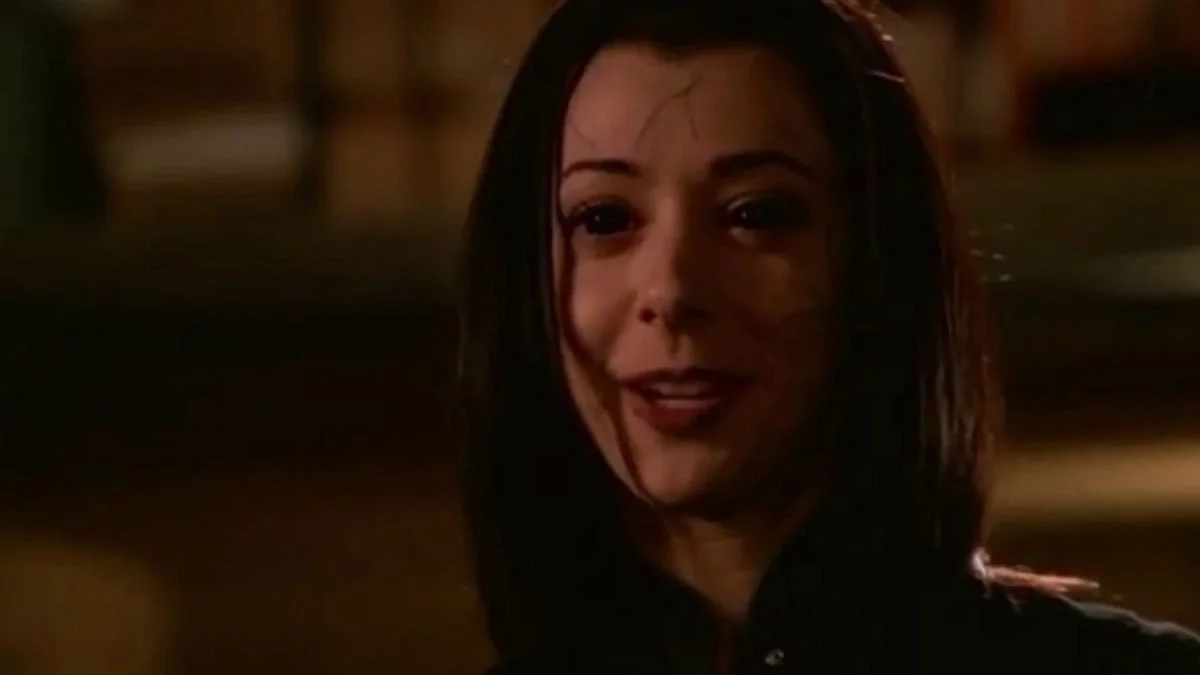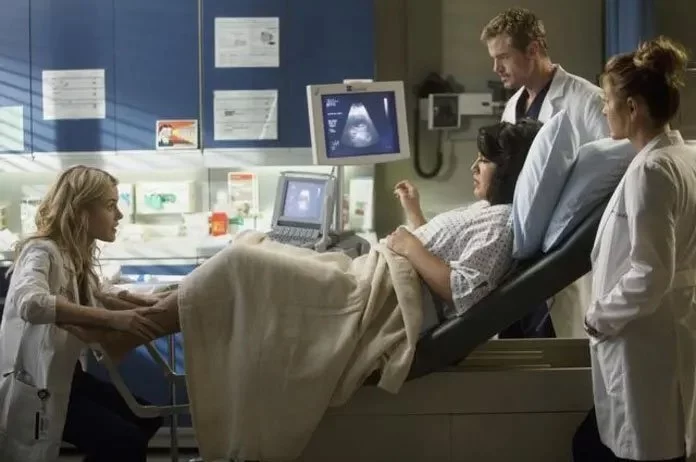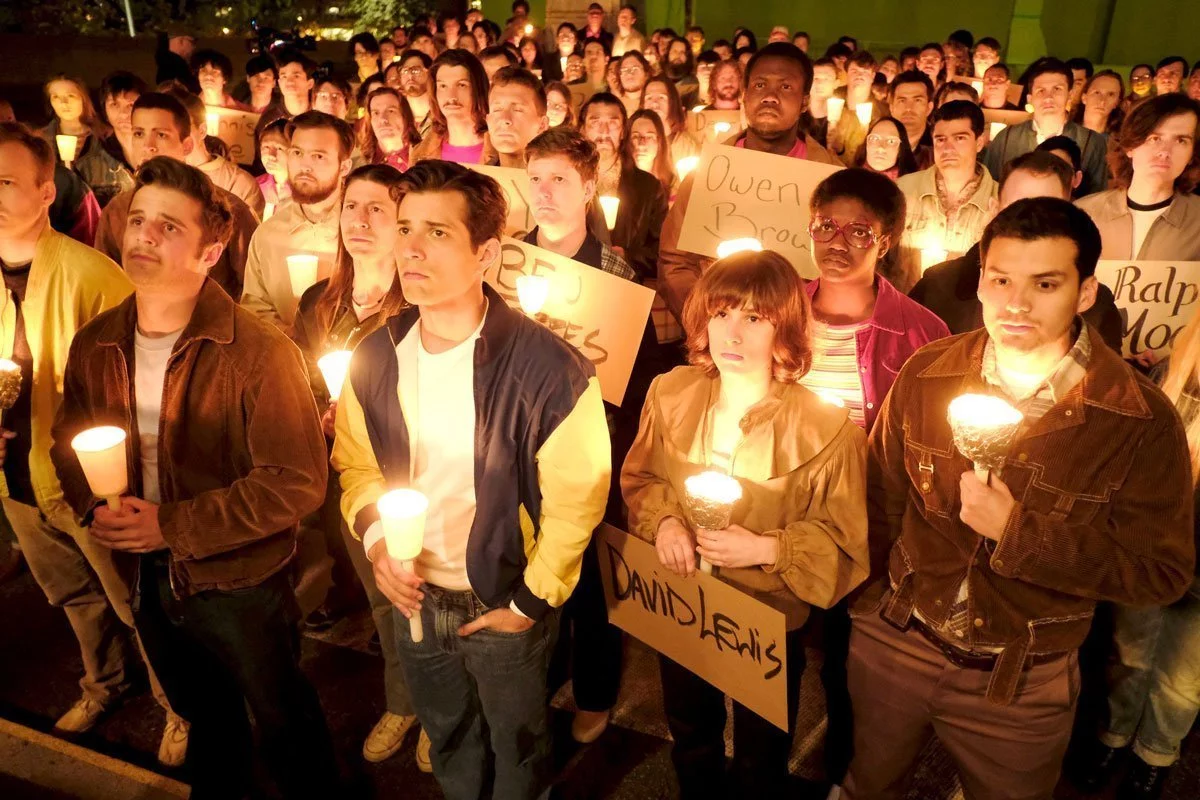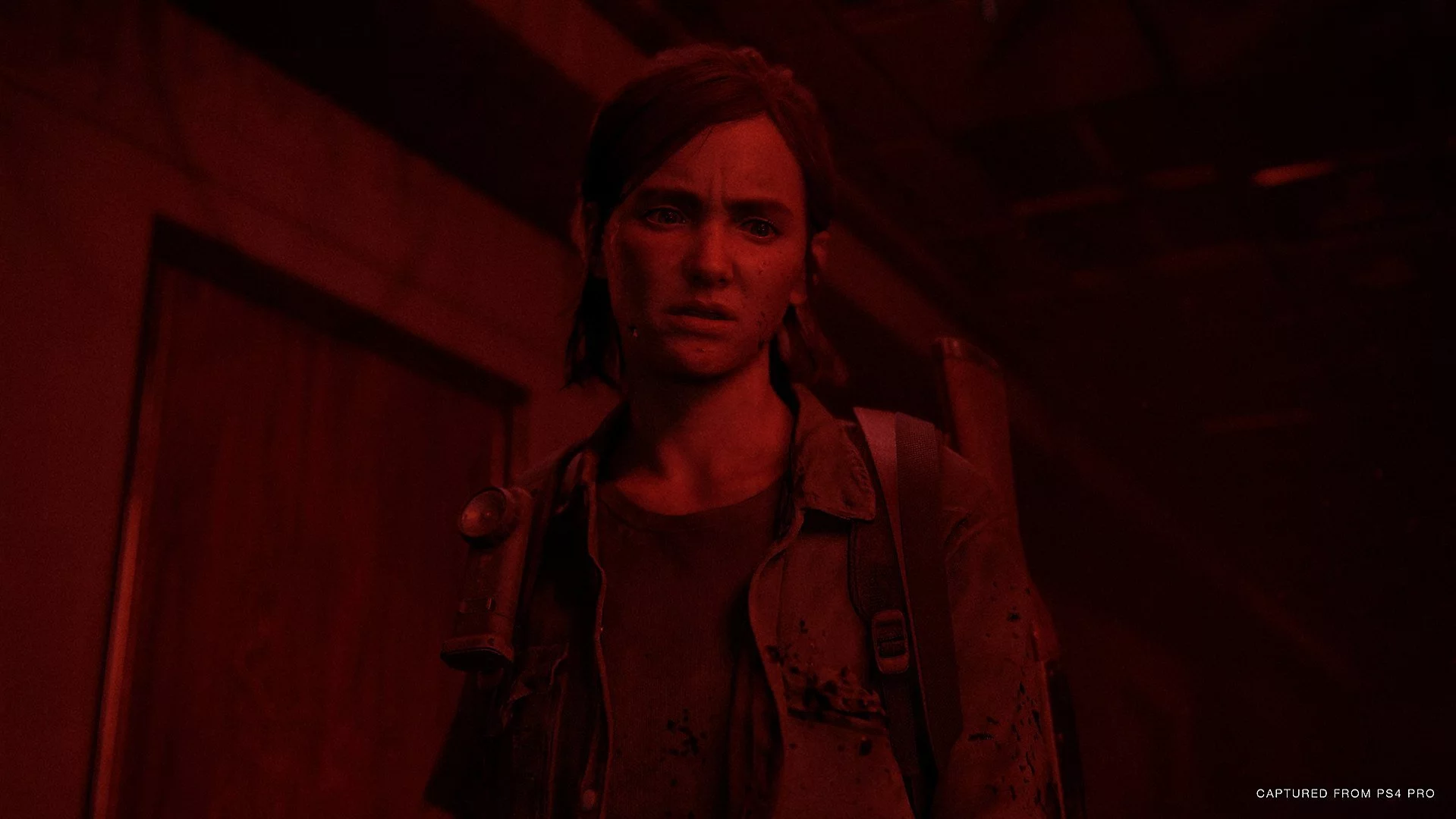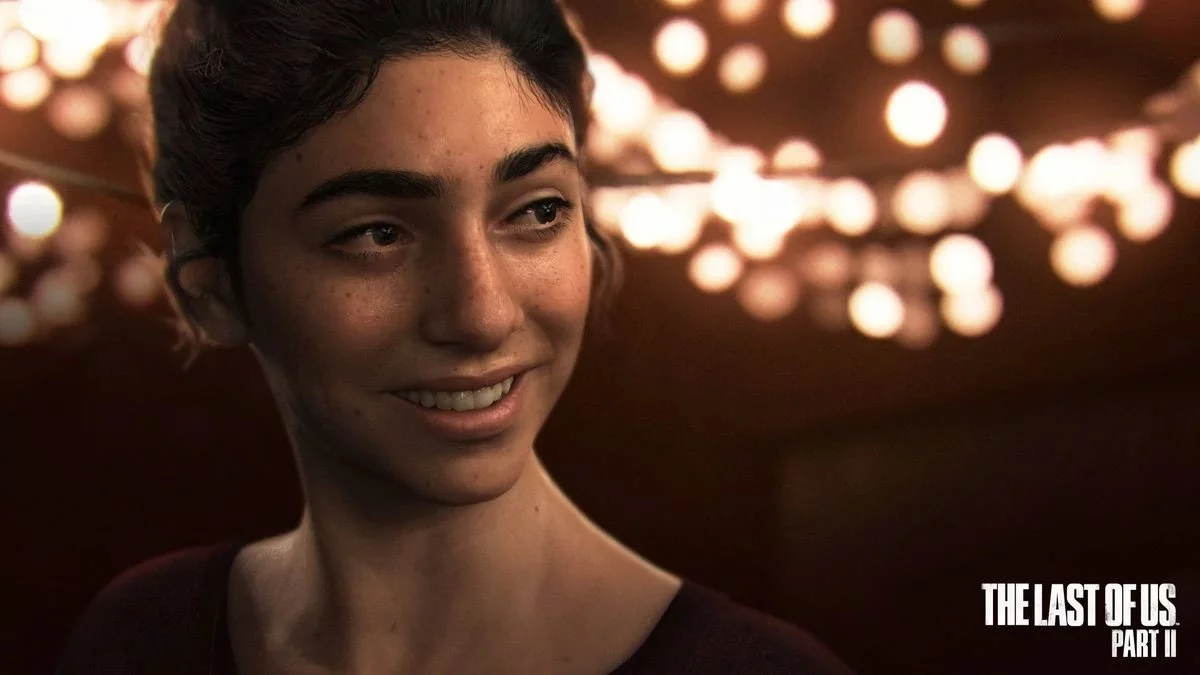With The Last Of Us Part 2 hitting shelves today, now seems like a good time to look back at the tropes same-sex attracted female characters fall into in media, and why they matter. While Ellie may be the first inescapably queer female lead in a AAA video game, games do not get written in a vacuum. It’s important to explore her place in history, and whether her portrayal hurts or helps.
While the majority of this article contains zero spoilers for TLOUP2 (there are many spoilers for random media), there are going to be some very major ones at the very bottom that will be very clearly marked. So, if you haven’t played yet and don’t want to know what happens, you can read the history of the tropes for context and then come back later to see how the game did.
There are three major tropes that queer female characters fall into: dead, evil, and pregnant. Their history is complicated, and while pregnant is historically recent, dead and evil go back to 19th century England when it was illegal to promote homosexuality, and were later reinforced by the Hays Motion Picture Production Code in Hollywood in the early-mid 20th century. What started as a way for queer authors to write about queer characters (even if they couldn’t have a happily ever after) just became the way writers saw queer relationships, even long after it was required.
This of course ignores The Very Special Lesbian (or bisexual). She usually comes out for sweeps, attempts to woo a formally assumed straight leading female character, and then either sees the error of her ways or decides she’d be happier in another town and leaves the show, while that leading character goes back to her male love interest (think One Tree Hill, The OC, Smallville and their ilk). There’s also the trope of the lesbian just disappearing with no explanation shortly after coming out. That mostly occurred in the 90s, most famously with Maggie Doyle on ER, but more recently happened to Erica Hahn on Grey’s Anatomy, and seems to be a knee-jerk reaction to conservative backlash.
Dead
“Bury your gays,” sometimes also known as “dead lesbian syndrome” has claimed a third of all same-sex attracted female characters on television (the only medium for which such records are kept). The worst year was 2016, which is when the trope crossed into mainstream consciousness. In 2016, queer female characters made up 10% of the total deaths of television, but only roughly 2.5% of total characters.
It was the death of Lexa on The 100, who died in a manner that is textbook bury your gays (shot by a stray bullet intended for someone else, shortly after finally having an intimate scene with her now-girlfriend after months of dancing around the relationship), that ignited the LGBT Fans Deserve Better movement and The Lexa Pledge, which is signed by showrunners who promise not to bury their gays.
This trope is so ingrained that every time I see a woman on TV profess her love to another, I just assume she’s going to die. The sweeter the scene, the more dead she’s going to become. That’s been my reflex since Tara died on Buffy in 2002, and it’s frankly exhausting always assuming any character whose relationship looks like mine is about to die gruesomely.
If you think I’m exaggerating, check out this running list Autostraddle keeps of all the dead and how they died. There’s also this fun infographic of TV shows from 1976-2016 showing that only 10% of queer female characters get happy endings. Yay.
For video game examples, just look at The Last Of Us’ Left Behind DLC, Life Is Strange (kind of, it’s complicated) and Mass Effect 3.
The backlash to Lexa’s death also lead to the “preserve your gays” trope, which was perhaps not the goal but is definitely more fun. Examples include Sara Lance in Legends Of Tomorrow who just cannot stay dead (thankfully), Nicole Haught on Wynonna Earp who has very convenient bullet proof vests, and Arizona Robbins from Grey’s Anatomy who survived a shooting, car crash, plane crash, and proximity to Meredith Grey in general. There are certainly far fewer examples of this than bury your gays, but it’s nice to have a positive every now and then.
Evil
Sometimes the Evil Lesbian or Evil Bisexual is tied to death – they suddenly decide to kill their love interest because they can’t handle the thought of being gay (Law and Order SVU), or they decide to end the world because their lover is dead (looking at you, Willow from Buffy).
Sometimes they’re just evil – Perhaps a scorned lover (Designated Survivor), former warlord (Xena), member of the League of Assassins (Arrow), obsessed with the Anvil of the Void (Dragon Age: Origins), sadistic police officer (Dead Rising), or any manner of things that justifies them not getting a happy ending and being killed, imprisoned, or otherwise gotten rid of.
There is a weirdly large number of queer serial killers in TV and movies. In fact, most female serial killers in media are queer, which is just so oddly specific. Think Killing Eve, Basic Instinct, Blood Splattered Bride, Law & Order (and its various spin-offs), True Blood, etc.
For the time, it perfectly fit into not promoting homosexuality. For right now, it appears to be rooted in homophobia and misogyny (just like bury your gays) and can be really harmful.
Pregnant
This is a relatively new trope, and is more tied into misogyny than homophobia. It does disproportionately affect bisexual characters but it goes with the “all lesbians want kids” trope, which is tiresome. It seems to come from a well-meaning place where showrunners want to show a queer female couple, but don’t know what to do with them other than give them a baby, because what else could women want if they’re not busy chasing after a man? It also plays into the promiscuous bisexual trope, because it’s often that the bisexual member of the relationship either cheats on her girlfriend/wife with a man, or sleeps with a man during a break in the relationship.
Obvious examples of the pregnant queer are found in Xena, The L Word, Queer as Folk, The Fosters and Grey’s Anatomy, though there are many more.
Why they’re harmful
For the most part, people can only become what they see. While there is more queer representation in modern media now than ever before, queer people who are still trying to work out who they are, or who might not know many other people who love like them in real life, look to media to find hope. Just as children look to fairy tales, and teens and adults look to romantic comedies for hope that their lives might just get a happily ever after, LGBTQ people coming of age try to do the same thing.
So, imagine the harm when most of the representation this group that is already overrepresented in suicide statistics can see involves them being evil or dying horribly? Or that even without the constraints of heteronormative culture, the best they can hope for is to eventually be obsessed with having a baby and the loss of independence that entails (not that there’s anything wrong with that if that’s what you want, but it shouldn’t be the only option).
If you’re straight and cisgender, I want you to think about the characters you identified with growing up that looked and loved like you (only professionally beautiful), and the media you watched with a hopeful eye, and then realise that that’s something most queer people don’t have. That’s why these tropes matter. Sometimes you just need to see that there’s a way it can all be ok, even if it doesn’t feel like that right now, and sometimes you need to see that your whole life won’t be about being gay but that you can just be incidentally attracted to the same sex while fighting aliens or doing surgery.
Any representation is a good place to start, and I’m still surprised when there’s canon lesbian love triangles on the TV shows I watch that aren’t just in my head. But in 2020, when there is no legal reason not to have good or at least neutral representation, falling into these tropes is far less excusable when there are 1000 better ideas out there.
The Last Of Us Part 2
Beyond this line are major spoilers for The Last Of Us Part 2. I cannot stress enough how spoilery this part is going to be. There’s so many spoilers. Do not read beyond this bit if you don’t want to be spoiled.
I spent the whole early part of the game terrified that any intimate moment between Ellie and Dina meant that Dina was about to die. That sweet moment in the music shop? Where was the clicker about to rip out Dina’s aorta? Or any time they said “I love you”, surely that meant she was doomed?
Amazingly, neither Dina nor Ellie died physically, though they sure as hell buried me emotionally.
Ellie was evil. She might not have started that way, but she killed so many people who didn’t need to die so personally and remorselessly, including an obviously heavily pregnant woman, that she crossed the line so far she forgot any lines existed in the first place. How could she hear people talk about their families, sneak up on them, stab them in the neck, listen to them choke on their own blood as they let out their last breath, and then harshly call them a motherfucker? There was no remorse, there was no emotion other than revenge, and as the game went on, her attitude became more worrying. Frankly, I would have preferred it if Ellie had died, to her turning into this.
Dina, as the resident bisexual, was of course pregnant. And wanted a farm (which is more of a real-world stereotype than a trope, I guess). I still wish the game had ended on that farm.
Having Ellie lead Part 2 is a huge step forward in terms of queer representation in games. While most games like this involve killing, usually it’s just mowing down faceless enemies who are actively trying to kill you at all times, inhuman, or almost comically evil. These kills were more personal, brutal, and, at times, evil. There were so many ways Ellie could have found help, safety or peace at the end of the game, multiple opportunities for her to live peacefully with Dina and maybe have some therapy to get past her issues and become helpful to her community. She wasn’t irredeemable, and while she did some truly evil things and probably should have been in jail, in fiction I think the lead character of the game, and the first proper inescapable lesbian, deserved to at least finish with hope.
But, it’s a start. Hopefully the break until the next queer lead won’t be too long, and the reliance on tropes will be lessened.
The Last of Us Part 2 is available today on PS4; we reviewed the title here.
This article may contain affiliate links, meaning we could earn a small commission if you click-through and make a purchase. Stevivor is an independent outlet and our journalism is in no way influenced by any advertiser or commercial initiative.


